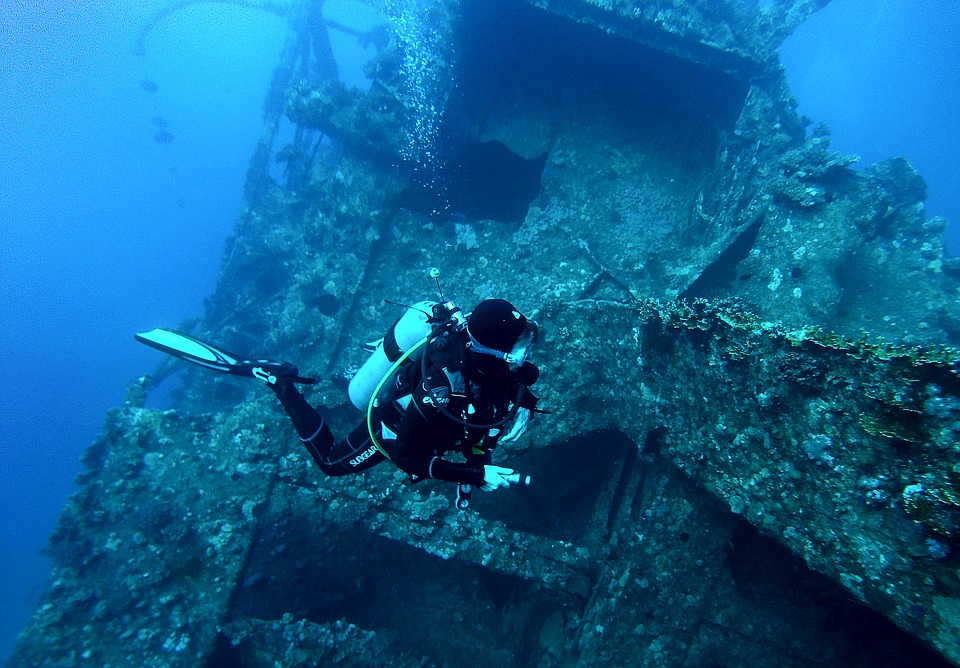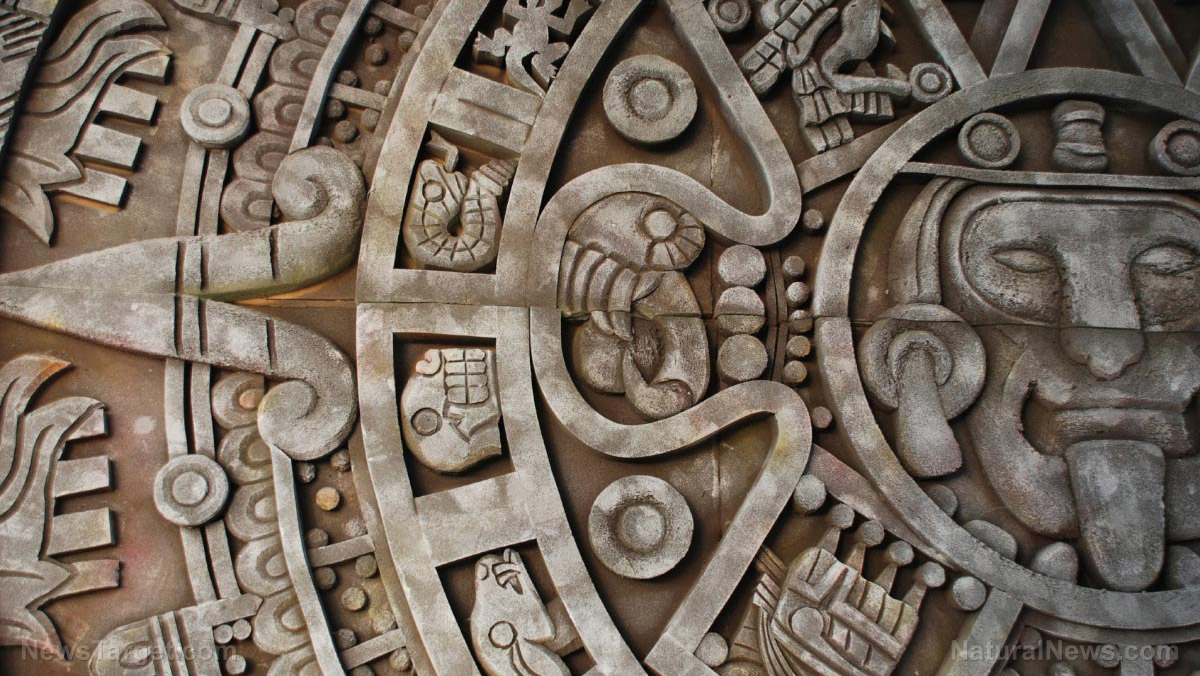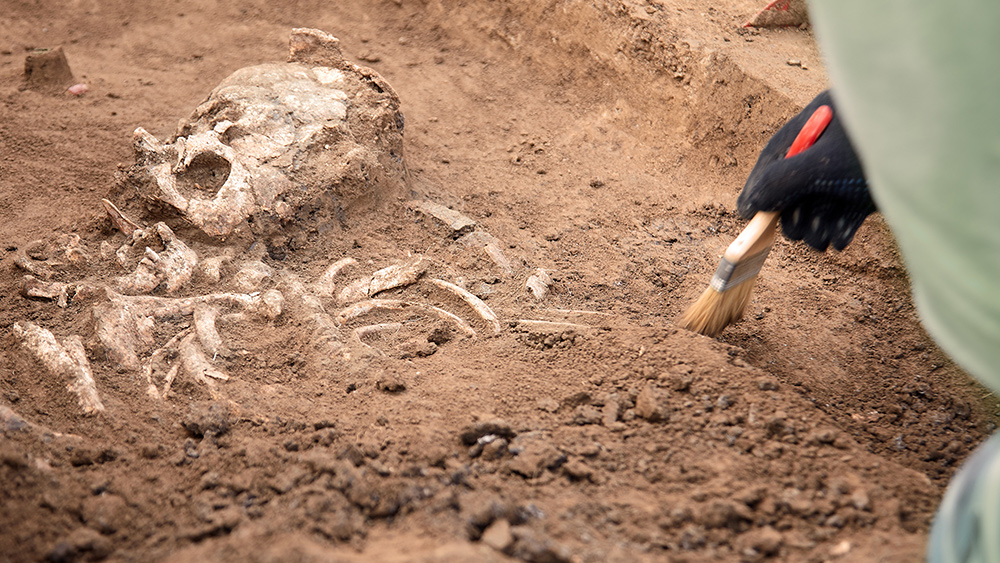4 Legendary lost cities yet to be found
02/22/2023 / By Kevin Hughes

Mention the phrase “lost city” and the tale of Atlantis often comes to mind. This legendary city is said to have been engulfed by the sea, and is believed to be resting beneath the ocean floor.
However, other cultures around the world have similar stories of cities and lands being swallowed by the sea, buried under desert sands and reclaimed by the forest. Here are some other lost cities that are yet to be found.
The Lost City of Z
British explorer and archaeologist Percy Fawcett and his team set out into the jungles of Brazil in April 1925 to find a mysterious lost city he called “Z”. He and his companions disappeared without a trace while searching for this lost city, purportedly located in Brazil’s Mato Grosso state. The disappearance of Fawcett and his companions became one of the biggest news stories of the 1920s.
The explorer was driven to look for Z after finding Manuscript 512 at the National Library of Rio De Janeiro. The said document was written by a Portuguese explorer in 1753 who claimed to have discovered a walled city deep in the Mato Grosso region of the Amazon rainforest. It described a silver laden city with multi-layered buildings, towering stone arches and broad streets leading down towards a lake.
Fawcett and his team had begun the first of several expeditions to look for the Lost City of Z in 1921, but were hampered by the troubles of the jungle, dangerous animals and uncontrolled diseases. While Z has never been discovered after Fawcett’s 1925 disappearance, modern scanning technology has uncovered several sites in the jungles of South America. (Related: 5 Hidden ancient civilizations discovered by laser technology.)
The Lost Land of Lyonesse
Lyonesse is the home country of Tristan from the tale “Tristan and Iseult.” However, it is now considered lost after sinking into the sea.
But prior to its disappearance, it had a legendary presence. Lyonesse – which is said to be connected to the Scilly Isles in Cornwall, England – reportedly vanished on Nov. 11, 1099. Some said it disappeared 10 years earlier, while others chronicled its sinking during the sixth century.
According to reports, Lyonesse was suddenly flooded by the sea. The resulting deluge submerged entire villages and drowned people and animals. The land was forever erased from the map once it was submerged in water.
El Dorado, the Lost City of Gold
For hundreds of years, treasure hunters and historians have looked for El Dorado, the lost city of gold. The concept has a two-fold appeal for many – finding the ultimate treasure and discovering an ancient wonder. But in spite of several expeditions all around Latin America, El Dorado remains but a legend with no physical proof of its existence.
Its roots come from legendary tales of the Muisca tribe, who once occupied the Cundinamarca and Boyaca areas of Colombia. According to legend, the newly-crowned king of the Muisca would be coated in gold dust and sent to Lake Guatavita in Cundinamarca. The king would then jump into the lake and wash off the gold dust, while attendants threw jewelry and other trinkets in the lake’s waters.
The Lost Island of Aztlan
The missing island of Aztlan is believed to be the ancient homeland where the Aztec people started to form as a civilization before their migration to the valley of Mexico. The word Aztlan means “the land to the north; the land from whence we, the Aztecs, came.” Thus, many have searched from Western Mexico all the way to the deserts of Utah to discover where the Aztecs came from.
Nevertheless, these quests have been fruitless as the location and existence of Aztlan remain a mystery. Around the 1960s, it was proposed that the man-made island Mexcaltitan de Uribe in Mexico’s Nayarit state was the Aztlan of antiquity. As of writing, this remains open for debate.
Follow Ancients.news for more news about the ancient world.
Watch this video to know more about the Aztecs and their connection to Aztlan.
This video is from the RDChillin channel on Brighteon.com.
More related stories:
Ancient ingenuity: Amazon tribes built fishponds to survive long droughts.
Archaeologists discover ruins of Mayan civilization in Guatemala using LiDAR technology.
Mythical metal alloy discovered in 2,600-year-old shipwreck: Was Atlantis real?
Sources include:
Submit a correction >>
Tagged Under:
ancient cities, ancient history, ancient world, archaeology, artifacts, Atlantis, Aztecs, aztlan, city of gold, El Dorado, lost cities, Lost City of Z, Lyonesse, Percy Fawcett, real history, Tristan and Iseult, unexplained
This article may contain statements that reflect the opinion of the author
RECENT NEWS & ARTICLES
COPYRIGHT © 2023 Ancients.news
All content posted on this site is protected under Free Speech. Ancients.news is not responsible for content written by contributing authors. The information on this site is provided for educational and entertainment purposes only. It is not intended as a substitute for professional advice of any kind. Ancients.news assumes no responsibility for the use or misuse of this material. All trademarks, registered trademarks and service marks mentioned on this site are the property of their respective owners.


















